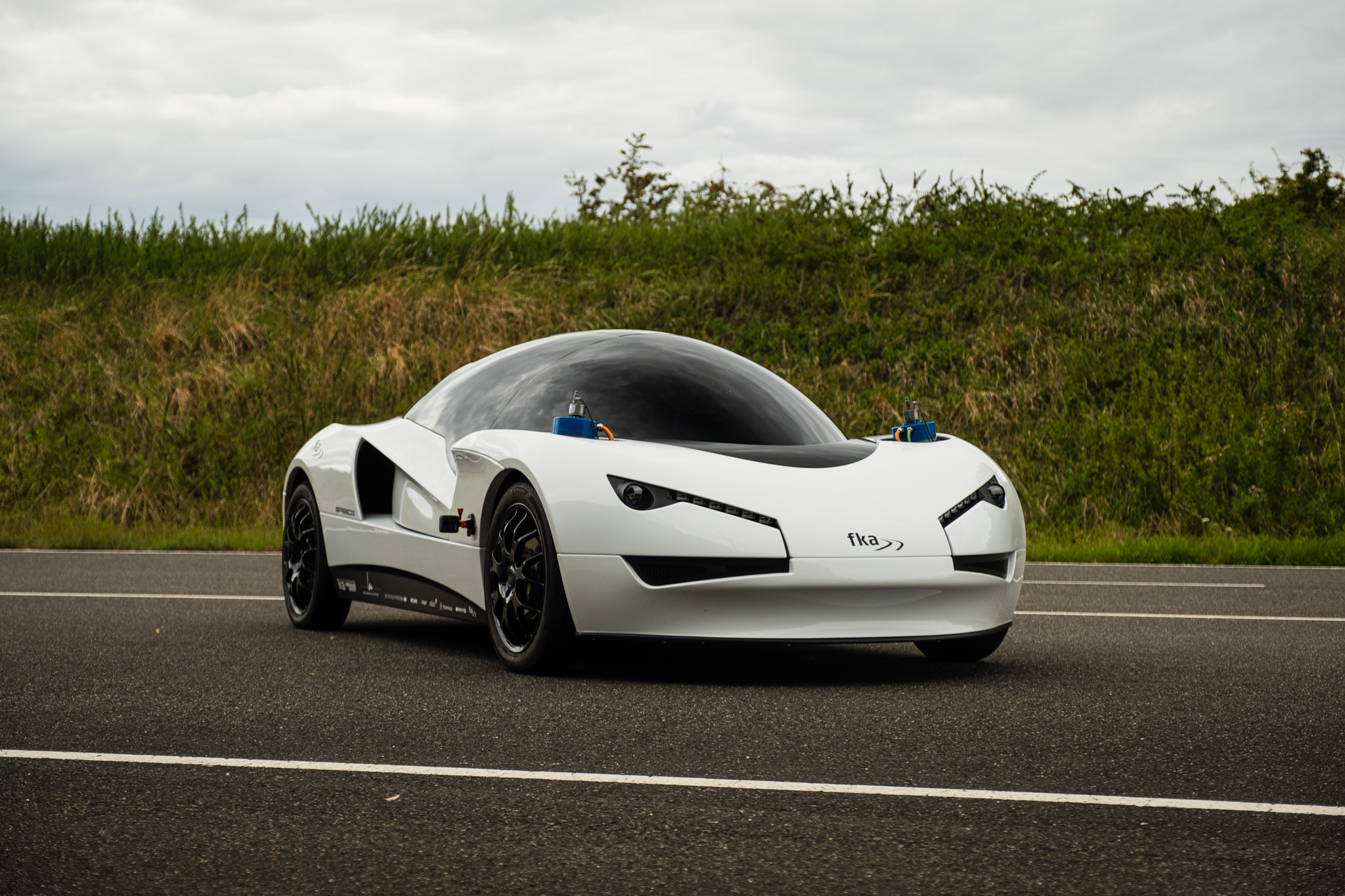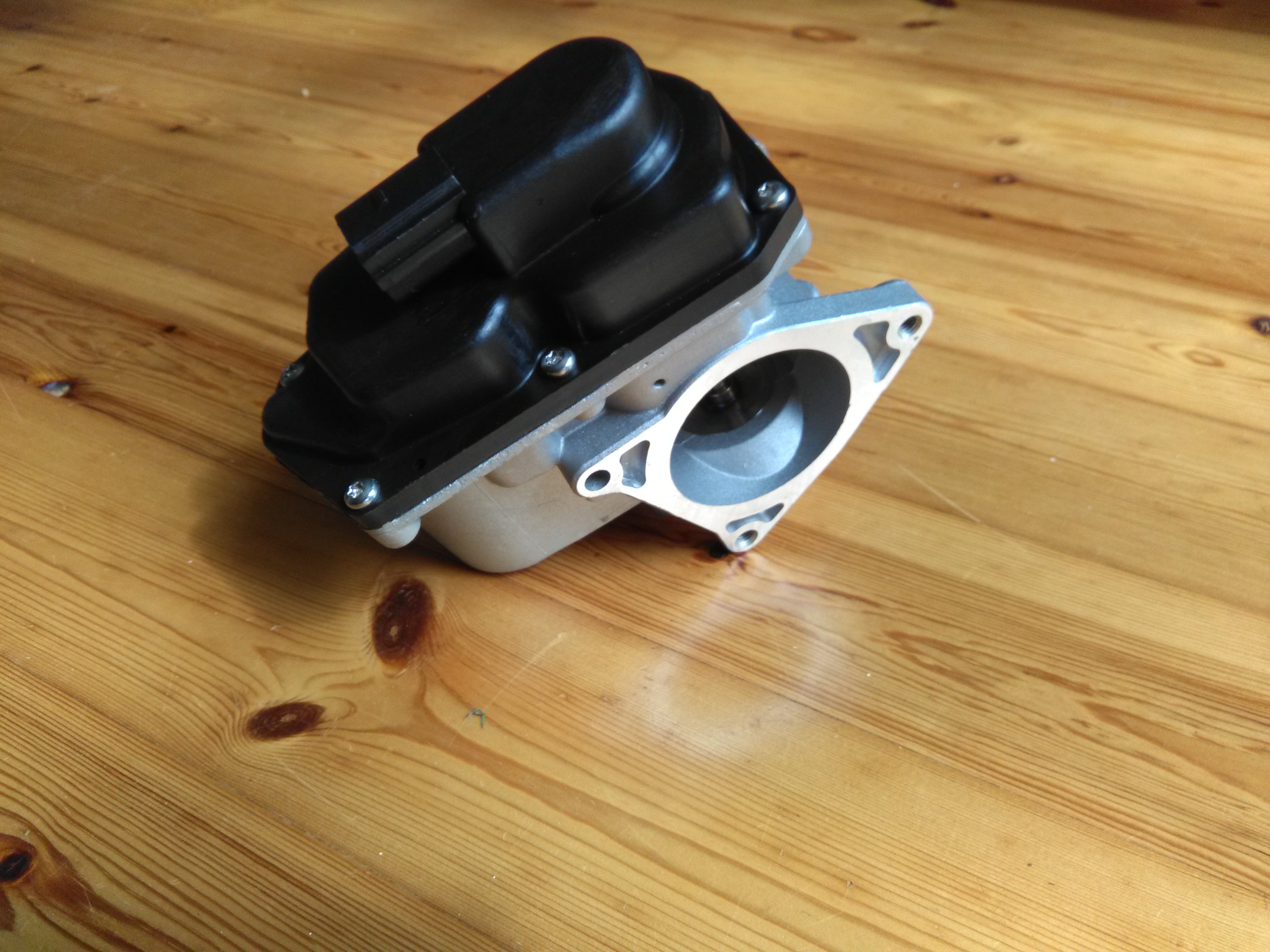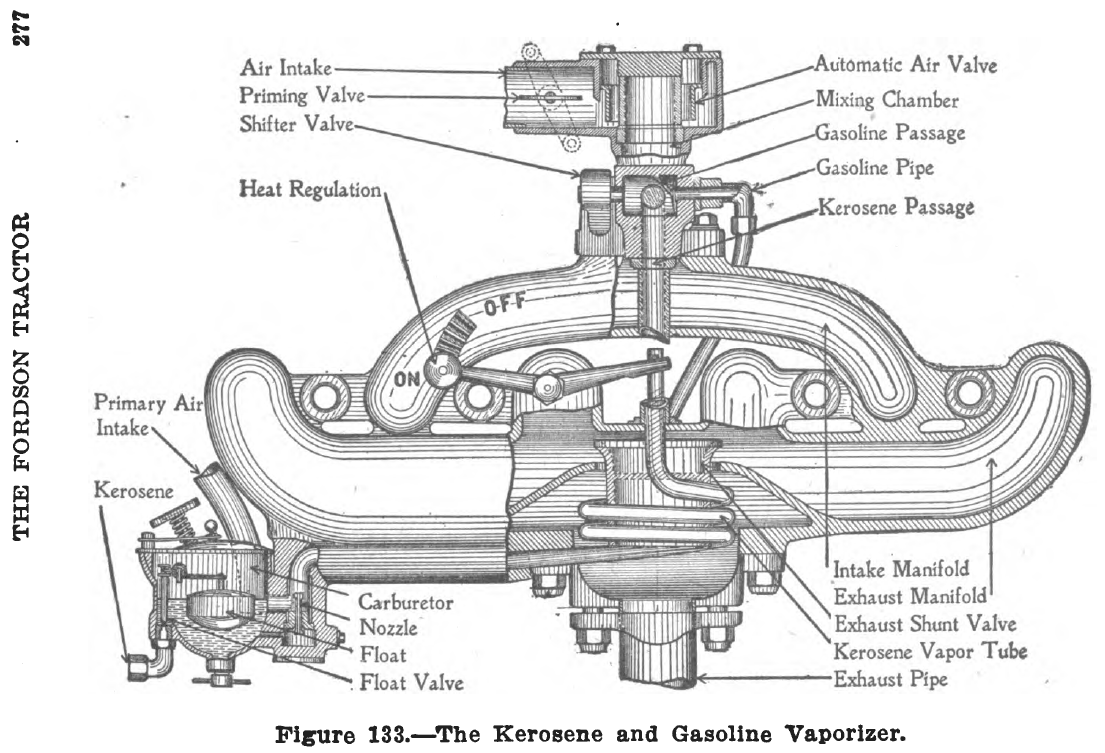|
Throttle
A throttle is a mechanism by which fluid flow is managed by construction or obstruction. An engine's power can be increased or decreased by the restriction of inlet gases (by the use of a throttle), but usually decreased. The term ''throttle'' has come to refer, informally, to any mechanism by which the power or speed of an engine is regulated, such as a car's accelerator pedal. What is often termed a ''throttle'' (in an aviation context) is also called a thrust lever, particularly for jet engine powered aircraft. For a steam locomotive, the valve which controls the steam is known as the regulator. Internal combustion engines In an internal combustion engine, the throttle is a means of controlling an engine's power by regulating the amount of fuel or air entering the engine. In a motor vehicle the control used by the driver to regulate power is sometimes called the throttle, accelerator, or gas pedal. For a gasoline engine, the throttle most commonly regulates the amount of ... [...More Info...] [...Related Items...] OR: [Wikipedia] [Google] [Baidu] |
Manifold Vacuum
Manifold vacuum, or engine vacuum in a petrol engine is the difference in air pressure between the engine's intake manifold and Earth's atmosphere. Manifold vacuum is an effect of a piston's movement on the induction stroke and the airflow through a throttle in the intervening carburetor or throttle body leading to the intake manifold. It is a result of the amount of restriction of airflow through the engine. In some engines, the manifold vacuum is also used as an auxiliary power source to drive engine accessories and for the crankcase ventilation system. Manifold vacuums should not be confused with venturi vacuums, which are an effect exploited in some carburetors to establish a pressure difference roughly proportional to mass airflow and to maintain a somewhat constant air/fuel ratio. It is also used in light airplanes to provide airflow for pneumatic gyroscopic instruments. Overview The rate of airflow through an internal combustion engine is an important factor deter ... [...More Info...] [...Related Items...] OR: [Wikipedia] [Google] [Baidu] |
Wide Open Throttle
Wide open throttle or wide-open throttle (WOT), also called full throttle, is the fully opened state of a throttle on an engine (internal combustion engine or steam engine). The term also, by extension, usually refers to the maximum-speed state of running the engine, as the normal result of a fully opened throttle plate/ butterfly valve. In an internal combustion engine, this state entails the maximum intake of air and fuel that occurs when the throttle plates inside the carburetor or throttle body are "wide open" (fully opened up), providing the least resistance to the incoming air. In the case of an automobile, WOT is when the accelerator is depressed fully, sometimes referred to as "flooring it" (because automotive throttle controls are usually a pedal, so full throttle is selected by pressing the pedal to the floor, or as near as it will go). A throttle on a steam engine controls how much steam is sent to the cylinders from the boiler. In the case of a diesel engine, which ... [...More Info...] [...Related Items...] OR: [Wikipedia] [Google] [Baidu] |
Automobile Pedal
Car controls are the components in automobiles and other powered road vehicles, such as trucks and buses, used for driving and parking. While controls like steering wheels and pedals have existed since the invention of cars, other controls have developed and adapted to the demands of drivers. For example, manual transmissions became less common as technology relating to automatic transmissions became advanced. Earlier versions of headlights and signal lights were fueled by acetylene or oil. Acetylene was preferred to oil, because its flame is resistant to both wind and rain. Acetylene headlights, which gave a strong green-tinted light, were popular until after World War I; even though the first electric headlights were introduced in 1898 (and those were battery-powered), it wasn't until high-wattage bulbs and more powerful car electrical generating systems were developed in the late 1910s that electric lighting systems entirely superseded acetylene. Steering The first automo ... [...More Info...] [...Related Items...] OR: [Wikipedia] [Google] [Baidu] |
Thrust Lever
Thrust levers or throttle levers are found in the cockpit of aircraft, and are used by the Pilot in command, pilot, copilot, flight engineer, or autopilot to control the thrust output of the aircraft's aircraft engine, engines, by controlling the fuel flow to those engines. Throttle levers are also used on many boats. In multi-engine aircraft, each thrust lever displays the Aircraft engine position number, engine number of the engine it controls. Normally, there is one thrust lever for each engine. The thrust levers are normally found in the aircraft's center console, or on the dashboard of smaller aircraft. For aircraft equipped with thrust reversal, the control for each thrust reverser is usually found adjacent to the corresponding engine's thrust lever. The position of each lever can be described by the current angle indicated. This is referred to as the ''throttle lever angle'' (TLA). The greater the TLA, the greater the engine thrust. The throttle lever assembly is ofte ... [...More Info...] [...Related Items...] OR: [Wikipedia] [Google] [Baidu] |
Fuel Injection
Fuel injection is the introduction of fuel in an internal combustion engine, most commonly automotive engines, by the means of a fuel injector. This article focuses on fuel injection in reciprocating piston and Wankel rotary engines. All compression-ignition engines (e.g. diesel engines), and many spark-ignition engines (i.e. petrol (gasoline) engines, such as Otto or Wankel), use fuel injection of one kind or another. Mass-produced diesel engines for passenger cars (such as the Mercedes-Benz OM 138) became available in the late 1930s and early 1940s, being the first fuel-injected engines for passenger car use. In passenger car petrol engines, fuel injection was introduced in the early 1950s and gradually gained prevalence until it had largely replaced carburetors by the early 1990s. The primary difference between carburetion and fuel injection is that fuel injection atomizes the fuel through a small nozzle under high pressure, while carburetion relies on suction crea ... [...More Info...] [...Related Items...] OR: [Wikipedia] [Google] [Baidu] |
Drive By Wire
Drive by wire or DbW in the automotive industry is the technology that uses electronics or electro-mechanical systems in place of mechanical linkages to control driving functions. The concept is similar to fly-by-wire in the aviation industry. Drive-by-wire may refer to just the ground propulsion, propulsion of the vehicle through electronic throttle control, or it may refer to electronic control over propulsion as well as steering and braking, which separately are known as steer by wire and brake by wire, along with electronic control over other vehicle driving functions. Driver input is traditionally transferred to the motor, wheels, and brakes through a mechanical linkage attached to controls such as a steering wheel, car controls#Throttle control, throttle pedal, hydraulic brake pedal, parking brake#Pedal or pull handle, brake pull handle, and so on, which apply mechanical forces. In drive-by-wire systems, driver input does not directly adjust a mechanical linkage, instead th ... [...More Info...] [...Related Items...] OR: [Wikipedia] [Google] [Baidu] |
Exhaust Gas Recirculation
In internal combustion engines, exhaust gas recirculation (EGR) is a nitrogen oxide () emissions reduction technique used in petrol engine, petrol/gasoline, diesel engines and some hydrogen internal combustion engine vehicle, hydrogen engines. EGR works by recirculating a portion of an engine's exhaust gas back to the engine cylinder (engine), cylinders. The exhaust gas displaces atmospheric air and reduces in the combustion chamber. Reducing the amount of oxygen reduces the amount of fuel that can burn in the cylinder thereby reducing peak in-cylinder temperatures. The actual amount of recirculated exhaust gas varies with the engine operating parameters. In the combustion cylinder, is produced by high-temperature mixtures of atmospheric nitrogen and oxygen, and this usually occurs at cylinder peak pressure. In a spark-ignition engine, an ancillary benefit of recirculating exhaust gases via an external EGR valve is an increase in efficiency, as charge dilution allows a large ... [...More Info...] [...Related Items...] OR: [Wikipedia] [Google] [Baidu] |
Air Filter
A particulate air filter is a device composed of fibrous, or porous materials which removes particulates such as smoke, dust, pollen, mold, viruses and bacteria from the air. Filters containing an adsorbent or catalyst such as charcoal (carbon) may also remove odors and gaseous pollutants such as volatile organic compounds or ozone. Air filters are used in applications where air quality is important, notably in building ventilation systems and in engines. Some buildings, as well as aircraft and other human-made environments (e.g., satellites, and Space Shuttles) use foam, pleated paper, or spun fiberglass filter elements. Another method, air ionizers, use fibers or elements with a static electric charge, which attract dust particles. The air intakes of internal combustion engines and air compressors tend to use either paper, foam, or cotton filters. Oil bath filters have fallen out of favour aside from niche uses. The technology of air intake filters of gas turbines has impr ... [...More Info...] [...Related Items...] OR: [Wikipedia] [Google] [Baidu] |
Intake
An intake (also inlet) is an opening, structure or system through which a fluid is admitted to a space or machine as a consequence of a pressure differential between the outside and the inside. The pressure difference may be generated on the inside by a mechanism, or on the outside by ram pressure or hydrostatic pressure. Flow rate through the intake depends on pressure difference, fluid properties, and intake geometry. Intake refers to an opening, or area, together with its defining edge profile which has an associated entry loss, that captures pipe flow from a reservoir or storage tank. Intake refers to the capture area definition and attached ducting to an aircraft gas turbine engine or ramjet engine and, as such, an intake is followed by a compressor or combustion chamber. It may instead be referred to as a diffuser (other), diffuser. For an automobile engine the components through which the air flows to the engine cylinders, are collectively known as an intake syste ... [...More Info...] [...Related Items...] OR: [Wikipedia] [Google] [Baidu] |
Inlet Manifold
An inlet manifold or intake manifold (in American English) is the part of an internal combustion engine that supplies the fuel/ air mixture to the cylinders. The word ''manifold'' comes from the Old English word ''manigfeald'' (from the Anglo-Saxon ''manig'' anyand ''feald'' epeatedly and refers to the multiplying of one (pipe) into many.manifold, (adv.) "in the proportion of many to one, by many times". AD1526 ''Oxford English Dictionary'', In contrast, an exhaust manifold collects the exhaust gases from multiple cylinders into a smaller number of pipes – often down to one pipe. The primary function of the intake manifold is to ''evenly'' distribute the combustion mixture (or just air in a direct injection engine) to each intake port in the cylinder head(s). Even distribution is important to optimize the efficiency and performance of the engine. It may also serve as a mount for the carburetor, throttle body, fuel injectors and other components of the engine. Du ... [...More Info...] [...Related Items...] OR: [Wikipedia] [Google] [Baidu] |
Intake Manifold
An inlet manifold or intake manifold (in American English) is the part of an internal combustion engine that supplies the fuel/air mixture to the cylinder (engine), cylinders. The word ''manifold (engineering), manifold'' comes from the Old English word ''manigfeald'' (from the Anglo-Saxon ''manig'' [many] and ''feald'' [repeatedly]) and refers to the multiplying of one (pipe) into many.manifold, (adv.) "in the proportion of many to one, by many times". AD1526 ''Oxford English Dictionary'', In contrast, an exhaust manifold collects the exhaust gases from multiple cylinders into a smaller number of pipes – often down to one pipe. The primary function of the intake manifold is to ''evenly'' distribute the combustion mixture (or just air in a direct injection engine) to each intake port in the cylinder head(s). Even distribution is important to optimize the efficiency and performance of the engine. It may also serve as a mount for the carburetor, throttle body, fuel inje ... [...More Info...] [...Related Items...] OR: [Wikipedia] [Google] [Baidu] |







